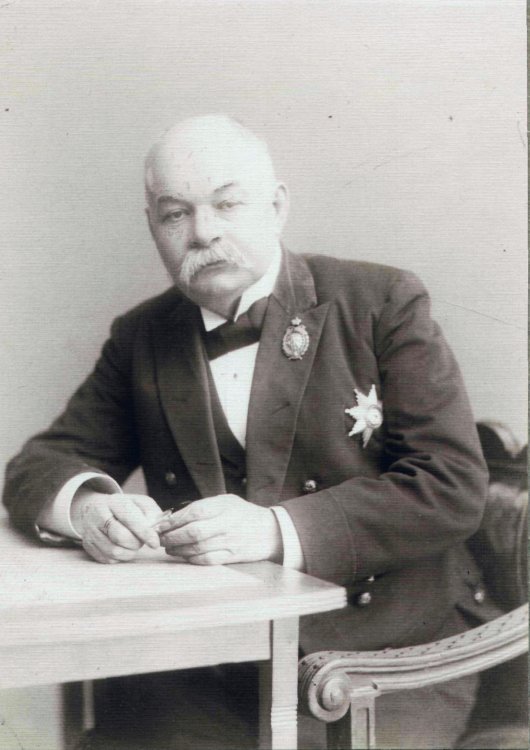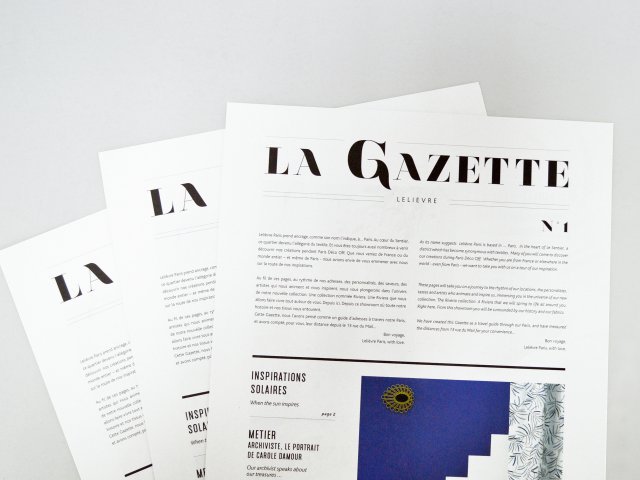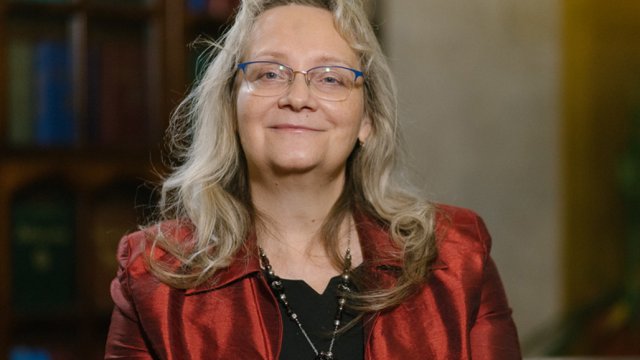Official:
Ivan Vladimirovich Tsvetaev. May 4 (16), 1847 – August 30 (September 12), 1913. Russian history scholar, archaeologist, philologist and art critic, corresponding member of the St. Petersburg Academy of Sciences, professor of Moscow University, privy councilor, founder and first director of Emperor Alexander III Museum of Fine Arts at the Moscow Imperial University (now Pushkin State Museum of Fine Arts.
Life and Work:
1. Yuri Nechaev-Maltsev provided the funds, Roman Klein built it, and Alexander III gave it his name. Subsequently, it was renamed after another Alexander. And it was the philologist, historian, art critic and archaeologist Ivan Vladimirovich Tsvetaev who initiated the construction of the Emperor Alexander III Museum of Fine Arts, which is currently called Pushkin Museum of Fine Arts.
2. The second largest (after the Hermitage) collection of Western art in Russia owes its birth to Ivan Vladimirovich’s enthusiasm. This remarkable man was born in 1847 in the family of a rural priest in the Vladimir Region.
3. The priest’s son had a smooth path to a divinity school in front of him, and Tsvetaev followed it.
4. After studying for six years at the Vladimir School of Theology, he abruptly changed his course and entered... the Medical and Surgical Academy in St. Petersburg.
5. But Ivan Tsvetaev did not receive a medical education either. For health reasons, he moved to the Department of History and Philology of St. Petersburg University.
6. His career as a philologist went smoothly: after working as an assistant professor at the University of Warsaw, he went to Italy to learn the ancient Italian languages. Then Tsvetaev got the position of an associate professor at St. Vladimir University in Kyiv.
7. At the age of 30, Tsvetaev was already a professor at Moscow University. After a while, he took the chair of Theory and History of Fine Arts there. Then he decided to turn the study room of the department, where casts of masterpieces of world sculpture were stored, into an educative museum. And he achieved his goal!
8. In addition to the main sponsor, Nechaev-Maltsev, a glass manufacturer from Gus-Khrustalny, who donated more than two million rubles, Morozov, Mamontov, Yusupov and others also provided money for the new museum.
9. On Professor Tsvetaev’s initiative, a project competition was organized with one of the conditions being: “for facades, the Greek style is preferred.” It was implemented – a copy of the Ionic order of the Athenian Erechtheion – the temple of Athena and Poseidon on the Acropolis – overlooks the Volkhonka. Roman Klein, one of the best architects of that time, won the architectural competition. Russia’s the best engineer, Vladimir Shukhov, was responsible for the engineering components of the project – the glazing and heating systems.
10. The museum was under construction for as long as fourteen years. All these years, Tsvetaev traveled across Europe, choosing sculptural masterpieces and ordering casts from them.
11. In the same years, from 1901 to 1910, Tsvetaev worked as the director of Rumyantsev Museum. In Soviet times, Rumyantsev Museum was disbanded, and paintings by Rembrandt and other Western European artists were moved to the Museum of Fine Arts founded by Tsvetaev.
12. The museum turned out to be magnificent, and no wonder – 530 railway cars of white marble from the Urals, Greece, Norway, Belgium, and Hungary were used to erect it. On the last day of May (Julian calendar) of 1912, the museum was officially opened. In 1917, the “tyrant’s” name disappeared from the museum designation, but affiliation with the university remained until 1923.
13. For twenty years, the Museum of Fine Arts was nameless, but during this time it turned from a museum of casts into Moscow’s best museum of Western art. It is not surprising: the requisitioned private collections were moved here, and Moscow merchants knew a lot about art. In 1937, the museum was renamed – on the occasion of the centenary of the poet’s death, it was named after Pushkin. Thus, Ivan Tsvetaev, without knowing it, became the founder of Pushkin Museum.
14. Ivan Vladimirovich’s daughters were very jealous of their ever-absent father’s affection for “Our giant younger brother,” as the poet Marina Tsvetaeva called the museum.
15. Ivan Tsvetaev’s main scientific works are devoted to ancient philology, the study of Italian languages, as well as the art, cultural, and social life of ancient peoples.
16. Ivan Vladimirovich Tsvetaev died in September 1913, a year after the museum was opened. As if he had fulfilled his destiny.






















